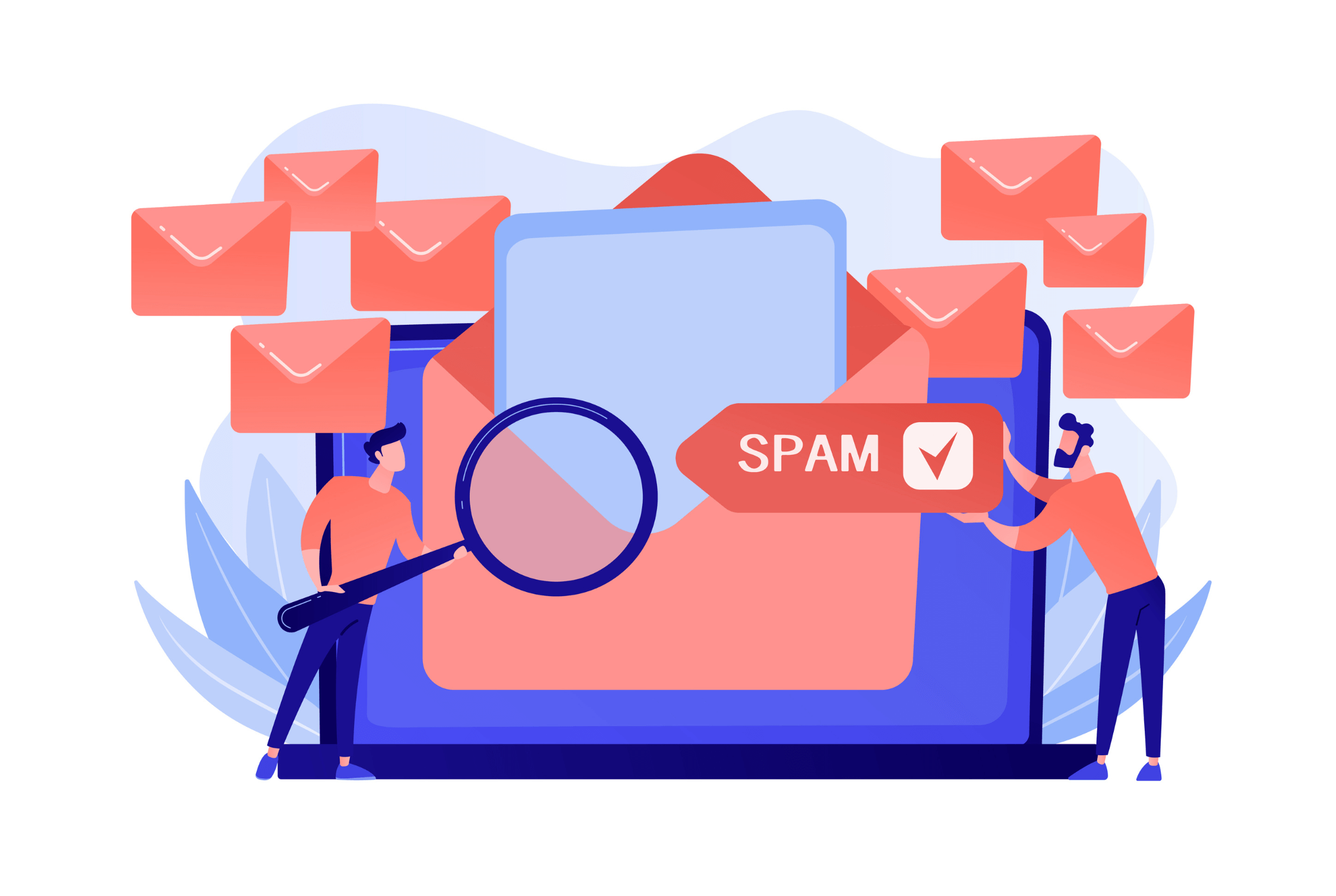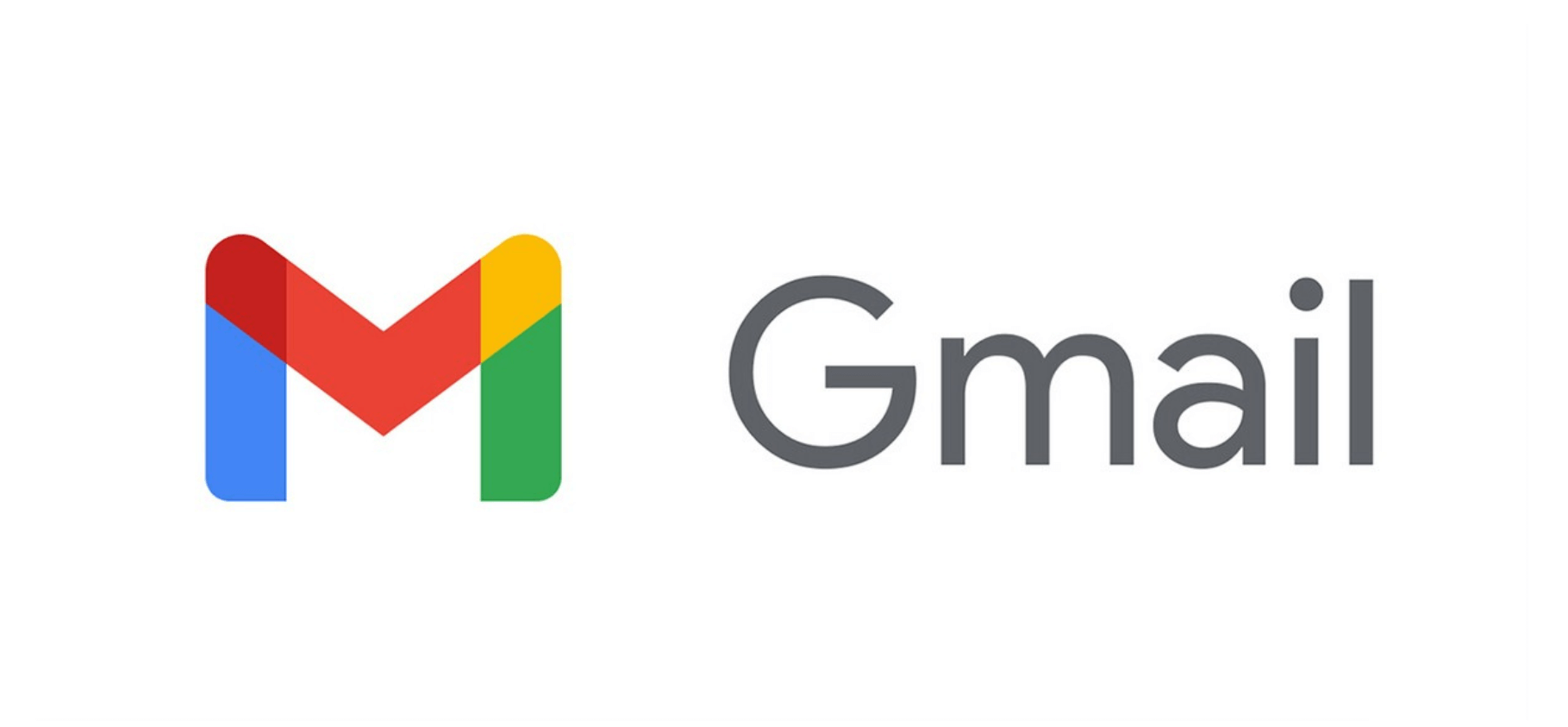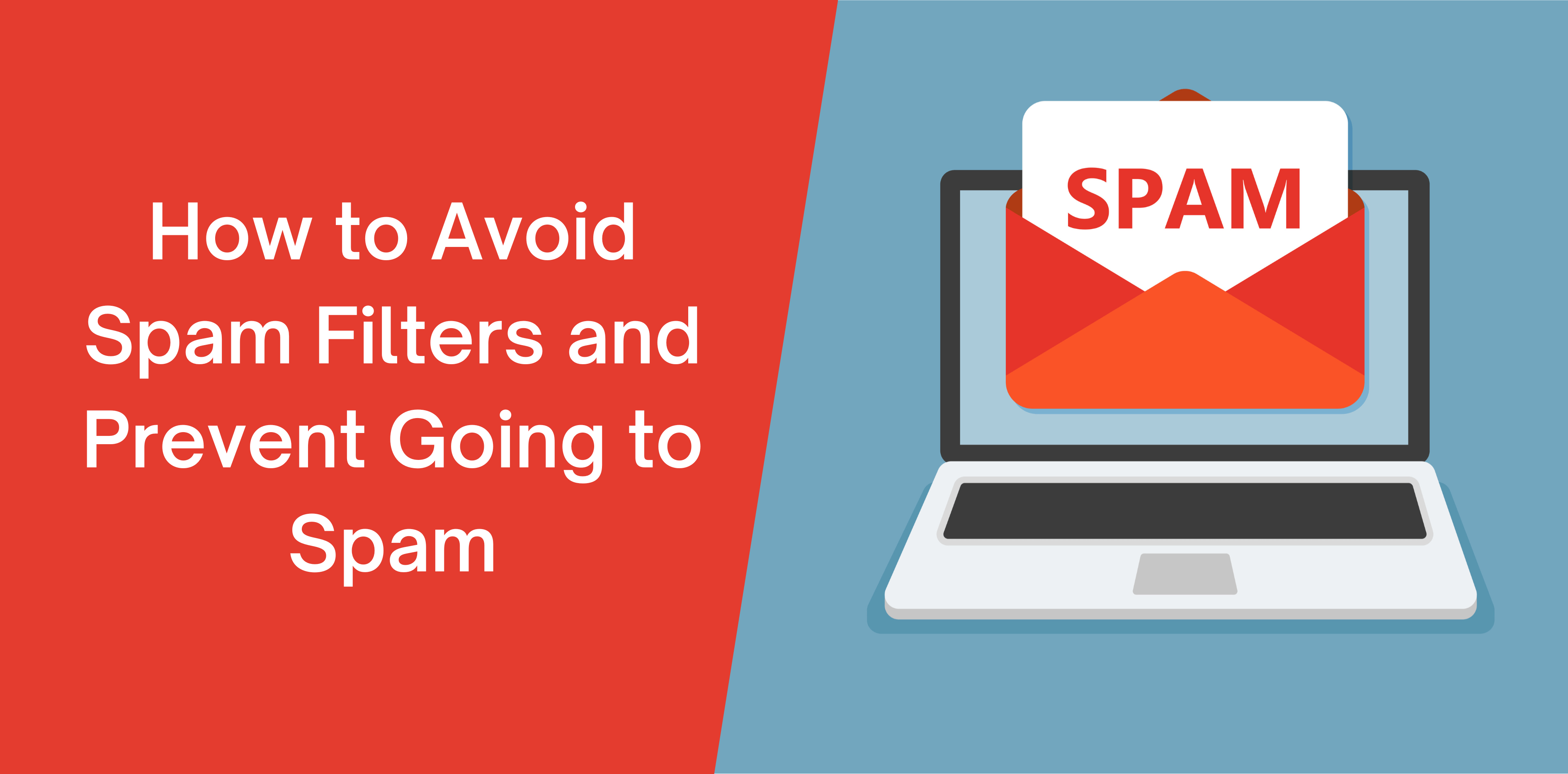Have you ever experienced a sudden drop in open rates for your email campaigns? “If so, it could be due to spam filters flagging your messages.” But don’t worry; you don’t have to give up on reaching your audience yet.
In this blog post, we’ll share valuable insights on how to avoid email spam filters. And ensure that your emails match your subscribers’ inboxes.
Follow these guidelines to improve email deliverability and avoid being spam. So let’s get started and discover how to avoid spam filters.
Read also: Best Email Marketing Automation Tools
What Is Spam?
Spam is sending unsolicited or unwelcome messages to many people in large quantities. There are several ways to send spam, such as:
- Text messages
- Online forums
- Social media
The primary purpose of spam is usually commercial, advertising, or fraudulent. It can even include phishing scams, malware, or other cyber threats.
Spam messages are often irrelevant or inappropriate for the recipient. They can cause annoyance, harm, or loss of productivity. You can use various techniques and tools to identify and prevent spam messages. It reduces the risk of data breach and loss of productivity. Individuals and organizations can enjoy using them.
What Is an Email Spam Filter?

Email spam filters are algorithms that identify and block unwanted, unsolicited or infected messages from reaching your inbox. From matching basic patterns to identifying triggers and incorporating ML data analysis, spam filters come with varying detection capabilities.
While these filters have preset information, the task is inherently subjective. Because of the complexity and constant upgrades, email spam filters, at times, fail to produce accurate results. This is why they may even mark solicited emails as spam.
Don’t worry, we will discuss ways to avoid being marked spam further in this article!
How Does Email Spam Filter Work?
Email spam filters can automatically delete, quarantine, or mark messages. If an email doesn’t meet the set criteria, it is marked as spam. This ensures you don’t get unwanted emails that can otherwise flood your inbox and jeopardize your online security.
The email spam filter analyzes key triggers to label you a spammer. These are based on the message content and formatting to ensure recipients receive only quality emails. Additionally, it compares your email address to known lists of spammers to ascertain you’re a credible source.
This way your email receives a scoring that determines whether an email will pass through the filter or not. However, the passing score depends on the email server. Those with stringent policies even flag compliant and permission-based emails.
Typically, an email spam filter focuses on the following key areas:
- Metadata
- Content and formatting
- IP address
- Email Codes
The Importance of Spam Filters
As we discussed, spam filters remove all unwanted messages from your email inbox. They are essential to maintain your account health and space. Besides, it also ensures optimum work productivity as you are unlikely to get disturbed by unsolicited messages.
Here, we highlight the prominent benefits of spam filters:
Protection from Unwanted Emails
Spam filters prevent unwanted emails from reaching your inbox, reducing clutter and saving time. It protects users from security risks like phishing, malware, and harmful messages.
Improved Email Security
Email spam filters make email more secure by blocking suspicious or harmful messages. This helps to prevent cyberattacks that could compromise sensitive information and damage reputation.
Enhanced Email Deliverability
Filters act as a shield that allows only good emails to reach your recipients’ inbox. These filters ensure that only legitimate emails reach users while others get flagged or delivered to the spam box. By feeding filter algorithms, you ensure that the email meets the set criteria and is valuable. As a result, your brand reputation improves, and you become a credible source.
Optimum Work Productivity
Automatically filtering out unwanted emails helps save time. Cleaning cluttered inboxes can be a daunting task and jeopardize your business communications. Since it keeps unsolicited emails at bay, you don’t get distracted, especially at work. They also reduce the amount of time spent dealing with spam emails, which can free up time for more productive activities.
Related article: Email List Hygiene Complete Guide
9 Tips to Prevent Emails From Going to Spam
You can reduce your spam score rate and turn your campaign into a success by using these email personalization strategies:
Use a Reputable Email Service Provider

Using a reputable email service provider ensures successful email delivery and increases engagement and deliverability.
Some examples of reputable email service providers are Gmail, Microsoft Outlook, Yahoo! Mail, and Mailchimp. It’s essential to do your research and choose a provider that meets your specific needs and budget.
Authenticate Your Email
Email authentication is a necessary process to verify the authenticity of emails. The process helps prevent emails from being marked as spam or phishing attempts.
Here are a few methods for verifying your email:
- Following best email practices by complying with Sender Policy Framework
- Verifying email addresses using DomainKeys Identified Mail
- Prevent email spoofing through Domain-based Message Authentication, Reporting, and Conformance, DMARC
Avoid Spam Trigger Words
It is necessary to avoid using words like “free,” “urgent,” and “limited-time offer” since they can trigger spam filters. You must avoid excessive capitalization, punctuation, misleading subject lines, and adult content.
It helps prevent emails from being marked as spam.
Keep Your Subject Line Relevant and Concise
Your email subject line is the first thing the recipient sees, so keeping it relevant and concise is essential. Avoid using vague or misleading subject lines that don’t accurately reflect the content of your email.
Ideally, your subject line should be between 6 and 10 words long and concise. Keeping your subject line relevant and straightforward increases the chances that your email will be opened and read.
Avoid Using Too Many Images
While images can make your emails more engaging, using only a few are essential. Spam filters may flag emails that contain too many pictures, they can take longer to load, and some email clients may block them by default.
Personalize Your Emails
Including the recipient’s name or other relevant information in your emails can help establish a connection with them. This personalized approach can also boost engagement rates. It improves the effectiveness of your email marketing campaigns. Moreover, it can reduce the likelihood of your email being marked as spam by filters.
Addressing the recipient by name creates a sense of familiarity and can make them feel like you wrote the email specifically for them. It can increase the recipient’s interest in the email and improves the readability rate.
Include a Clear Unsubscribe Link

Including a clear and easy-to-find unsubscribe link at the footer to build trust and transparency. A clear and easy-to-find unsubscribe link in your emails can lower the chance of email filters flagging them as spam. It also spares subscribers from getting irritated, helping to build trust with your audience.
Offering an easy opt-out method shows respect for subscribers’ preferences.
Test Your Emails
Before sending out your emails, testing them using email spam checker tools is a good idea. Tools can identify potential issues that may cause your emails to be marked as spam. It may include triggering words or phrases, excessive use of images or links, or poor formatting.
Identifying these issues early on can help you make adjustments to improve the deliverability of emails. This can lead to better engagement rates and a more successful email marketing campaign.
Build Your Email List Organically
It is necessary to avoid buying or renting email lists. They often contain inactive or fake email addresses. This practice increases the likelihood of your emails being marked as spam and can damage your email marketing efforts. Instead, concentrate on organically growing your email list through opt-ins and sign-ups.
How to Reduce Spam Report Rate?
Reducing spam report rates requires a combination of technical measures.You must minimize spam rates to run a successful email and content marketing campaign.
Here are some steps to achieve your spam report score:
Get Permission
Ensure the recipients have permitted you to send them emails. Provide an opt-in option for your subscribers, and ensure they know what emails they will receive from you.
Segment Your List

To send targeted emails to particular groups, segment your email list. It will help ensure that the content you send is relevant to the recipient, reducing the likelihood that they will mark your email as spam.
Monitor Your Deliverability Rate
Monitor your deliverability rate to ensure your emails reach the recipient’s inbox. Review your email content and sending practices if you experience decreased email deliverability. It lets you follow the industry rules, reducing your spam score.
Use a Recognizable “From” Name and Email Address
Use a recognizable “from” name and email address to ensure your subscribers can quickly identify your emails. It will increase credibility and lessen the chance of being flagged as spam.
Making Unsubscription Simple
Provide subscribers with a simple option to unsubscribe from their emails. Doing so lets them cut their name off the email list without flagging you as spam.
Use a Reliable Email Provider
Choose an email service provider with a good reputation who abides by email best practices. These service providers have a list of tools that can enhance deliverability.
Use Clear Subject Lines and Content
Use clear subject lines and content that accurately reflects the purpose of your email. Avoid using misleading or deceptive subject lines and content that could trigger spam filters.
Implementing these best practices can help increase email deliverability and engagement rates. It also reduces the chances of your messages being spam. This way, you can lead a more effective and successful email marketing campaign.
Read also: Best Email Tracking Software and Tools for Gmail
Conclusion
As a small business owner, you wouldn’t want to alienate your potential customers. Therefore, getting emails delivered to the inbox without getting flagged is crucial. Otherwise, your intended message gets ignored, affecting your brand’s reputation.
Therefore, you must avoid landing in your recipients’ spam box to run a successful email campaign. Understanding the basics of email practices, filters, and firewalls helps you mitigate spam triggers. But the good news is online tools let you automate your marketing campaigns without getting flagged. All you need to do is find one that meets your business goals and suits your budget.

